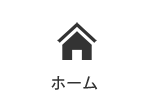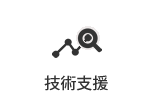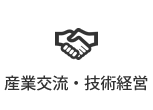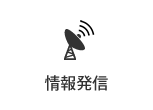本文
No.3(2000)25.Control of microorganisms in a liquid by ionizing radiation
Masayuki SEKIGUCHI
The radiation resistances of the bioburden of cut-gut sutures filled with isopropyl-alcohol solution (IPA) were studied. In order to maintain the reliability of delivered doses, Ceric-cerous dosimeters (the facility standard) were calibrated with NPL alanine dosimeters and uniform dose rate areas in the gamma irradiation field were established. The doses measured for 3 batches by a Ceric-cerous dosimeter were equal to the difference within an accuracy of ±2% and the measured doses between Fricke-dosimeter and Ceric-cerous(E98) dosimeter agreed within about 2.3%. Recovery methods of natural bioburden from the sutures were validated by a double filtration method. Reciprocal-shaker treatment showed high recovery efficiency for the bioburden. The bioburden consisted of 5 types of spore forming bacteria and the most radiation-resistant strain was identified as Bacillus megaterium, which occupies 6.1% of all (473 isolates). The radiation-resistances of the bacteria were 2.33kGy in IPA solution and 2.15kGy in dried TSB. Using the distribution of radiation-resistance of the bioburden, the doses required for 10-2or 10-6 SAL were calculated. It was found that ISO Method 1 gives a higher 10-6SAL dose in spite of a lower 10-2 SAL dose at over 0.56 of average bioburden, compared with these for the suture.
Keywords
sterilization, microorganism control, ionizing radiation, dose standardization, bioburden, radiation resistance, sterilization assurance level, cut-gut suture













